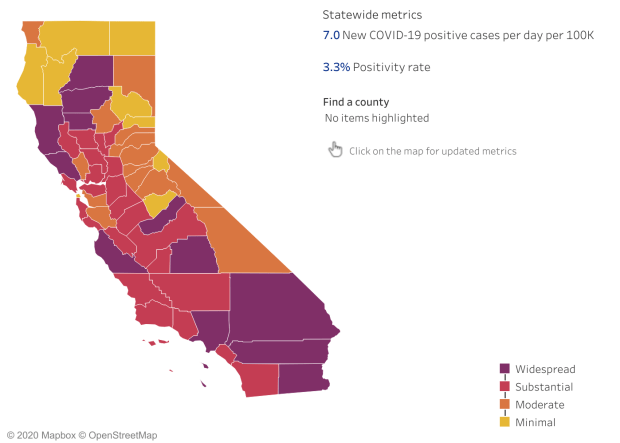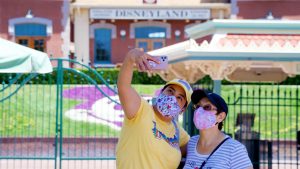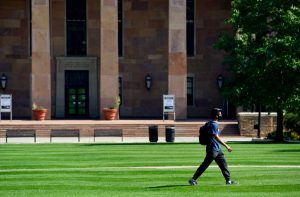San Francisco on Tuesday became the first major jurisdiction in California to advance into the state’s least-restrictive yellow reopening tier, Dr. Mark Ghaly, the Secretary of Health and Human Services, said in a series of announcements.
In a statement, Mayor London Breed said capacity at most already-open businesses could expand to 50% beginning Nov. 3, as well as a number of other restrictions being lifted more immediately.
Offices will be permitted reopen at 25% capacity beginning Oct. 27, Breed said, and gyms that recently reopened could expand to that capacity, as well. Climbing gyms and other personal services will also be allowed to reopen, Breed said.
“San Franciscans have done a good job following public health guidance and making smart decisions to keep our community safe, and we’re now assigned to the State’s Yellow tier,” Breed said in the statement. “This means we can continue making progress on reopening, but we must remain vigilant.”
Although San Francisco is now allowed the widest reopening under the state’s guidelines, so far officials there have resisted reopening to the extent allowed by the state, even as it moved through the tier system faster than almost any other county.
Dr. Erica Pan, California’s public health officer, said San Francisco benefited from the new health equity metric, which requires the positivity rates in the most disadvantaged communities to be within a certain percentage of the countywide average.
Statewide, all personal services as categorized by CDPH will be allowed to reopen under the most-restrictive purple tier, Ghaly said. He also announced new statewide guidelines for theme parks and live sporting events, which would be open their gates at outdoor stadiums, with limited capacities and other restrictions, for counties at the orange or yellow tiers.
Theme parks present a higher-risk environment than a live sporting event, Ghaly said, citing research commissioned by the state, to explain the looser restrictions on live sports.
There was movement elsewhere in the Bay Area, as Napa became the fourth county in the region to advance past the red tier. Last week, Alameda and Santa Clara counties made the same move as Napa and entered the orange tier.
In Southern California, Riverside County regressed from the red tier into the purple tier, meant to indicate “widespread” transmission. In Northern California, Shasta County also moved backward to the purple tier, while Butte County advanced into the orange tier.
After the latest update Tuesday, there were 12 counties — including Los Angeles, Riverside, San Bernardino and Sonoma — stuck in the most restrictive purple tier. There are now 23 counties in the red, or “substantial” tier; 14 counties in the orange, or “moderate” tier; and nine counties, including San Francisco, in the yellow, or “minimal” tier.
A map shows California counties’ reopening status under the state’s tiered reopening system, as of Tuesday, Oct. 20.
Check back for updates.



















